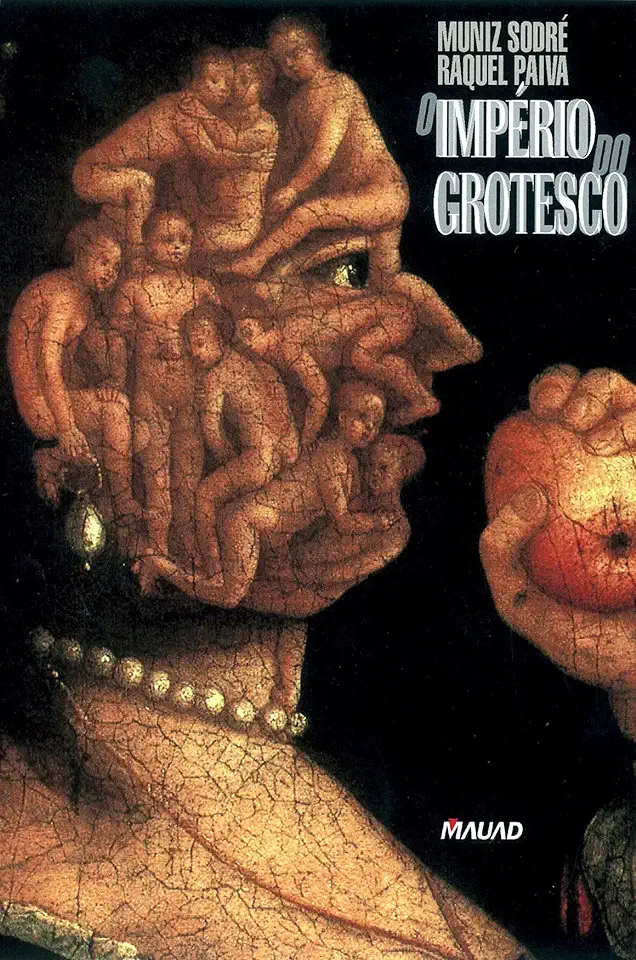
The Communication of the Grotesque - Muniz Sodré
The Communication of the Grotesque: A Study of the Grotesque in Literature and Art
In his book "The Communication of the Grotesque," Muniz Sodré offers a comprehensive and insightful exploration of the grotesque in literature and art. Through a meticulous analysis of various texts and artworks, Sodré argues that the grotesque is not merely a collection of monstrous or deformed images, but rather a complex and multifaceted mode of communication that challenges conventional norms and subverts established power structures.
The Grotesque as a Subversive Force
Sodré begins by defining the grotesque as a "discourse of rupture," a form of expression that disrupts and destabilizes the dominant cultural order. He argues that the grotesque is often employed by marginalized or oppressed groups as a means of expressing their dissent and challenging the status quo. By presenting images of the grotesque, these groups can subvert the dominant discourse and create a space for alternative voices to be heard.
The Grotesque in Literature
Sodré examines the use of the grotesque in a wide range of literary works, from ancient Greek and Roman literature to modern and contemporary fiction. He analyzes how authors such as Rabelais, Swift, and Kafka employ the grotesque to critique social and political institutions, expose hypocrisy and corruption, and challenge conventional notions of beauty and morality.
The Grotesque in Art
Sodré also explores the grotesque in visual art, examining works by artists such as Bosch, Bruegel, and Goya. He argues that these artists use the grotesque to depict the horrors and absurdities of the human condition, and to provoke viewers to confront their own fears and anxieties.
The Grotesque and the Carnivalesque
Sodré draws on the work of Mikhail Bakhtin to discuss the relationship between the grotesque and the carnivalesque. He argues that the grotesque is often associated with carnivalesque festivities, which provide a temporary release from social norms and allow for the expression of subversive ideas.
The Grotesque and the Sublime
Sodré also explores the relationship between the grotesque and the sublime, two seemingly contradictory aesthetic categories. He argues that the grotesque can be seen as a form of the sublime that is rooted in the body and the material world, rather than in the transcendent or spiritual realm.
Conclusion
In "The Communication of the Grotesque," Muniz Sodré offers a compelling and thought-provoking analysis of the grotesque in literature and art. He demonstrates that the grotesque is not simply a collection of monstrous or deformed images, but rather a powerful and subversive mode of communication that challenges conventional norms and exposes the contradictions and hypocrisies of society. This book is a must-read for anyone interested in the grotesque, literature, art, or cultural studies.
Enjoyed the summary? Discover all the details and take your reading to the next level — [click here to view the book on Amazon!]